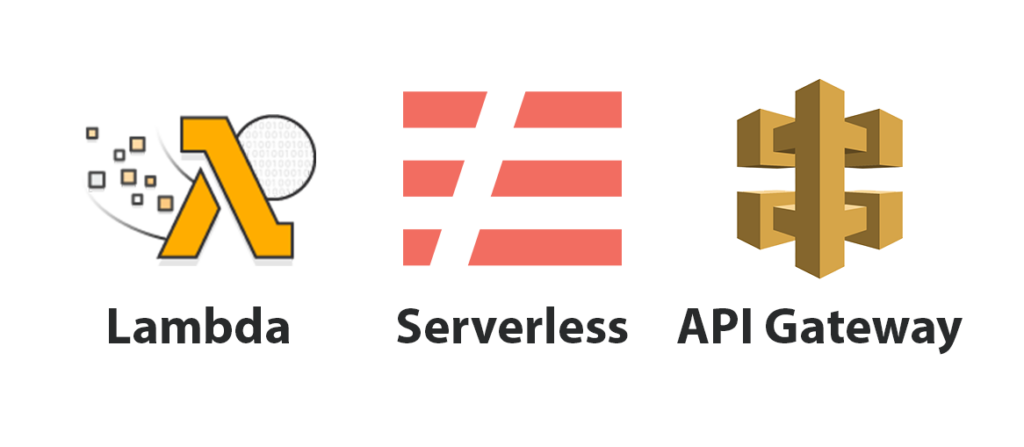Serverless architecture has completely changed the way applications are created, implemented, and scaled in the context of cloud computing. Important capabilities provided by Amazon Web capabilities (AWS) that let developers create serverless apps with no overhead are AWS Lambda and API Gateway. This thorough tutorial explores the nuances of implementing serverless apps with AWS Lambda and API Gateway, going over key ideas, recommended procedures, scenarios, and how-tos to get you started.

Understanding Serverless Architecture
Developers may concentrate entirely on producing code and adding value to the business by using serverless computing, which abstracts infrastructure provisioning and server management. Among the essential features of serverless architecture are:
- Event-driven: Rather than operating continuously, functions are called upon by specific events (such as HTTP requests or database modifications).
- Auto-scaling: Optimizes performance and lowers costs by scaling automatically in response to demand.
- Pay-per-use: The amount charged depends on the precise amount of computational power used during execution.
AWS Lambda Overview
With serverless computing services like AWS Lambda, you can run code without having to provision or manage servers. Numerous programming languages are supported, such as Python, Java, Node.js, and others. Some of AWS Lambda’s primary functionalities are:
- Event Sources: Custom events or events from AWS services (including S3, DynamoDB, and API Gateway) can cause triggers to activate.
- Concurrency: Adapts on its own to manage several requests at once.
- Integration: It is simple to link with third-party APIs and other AWS services.
AWS API Gateway Overview
With the fully managed AWS API Gateway, developers can design, publish, manage, watch over, and secure APIs at any size. Important characteristics consist of:
- API Creation: To expose Lambda functions or other backend services, define WebSocket and RESTful APIs.
- Authorization and Authentication: To manage access to APIs, use security mechanisms like Lambda authorizers, IAM roles, and API keys.
- Analytics and Monitoring: Track the use of APIs, measure performance indicators, and produce logs for debugging and optimization.
Benefits of Serverless Applications with AWS Lambda and API Gateway
- Scalability: Without the need for server deployment or management, this system automatically grows in response to incoming requests, processing thousands to millions of requests per second.
- Cost Efficiency: Reduce expenses during times of low traffic by just paying for the compute time used by your services.
- Operational Simplicity: Teams can concentrate on innovation by removing server maintenance responsibilities like patching, provisioning, and monitoring.
Deploying Serverless Applications: Practical Steps
- Developing Lambda Functions
- Choose a Runtime: Select a programming language supported by Lambda (e.g., Node.js, Python) and write your function code.
- Testing Locally: Use AWS SAM (Serverless Application Model) or local development environments to test Lambda functions before deployment.
- Creating an API with API Gateway
- Define API Endpoints: Design RESTful routes and methods (GET, POST, PUT, DELETE) to map to Lambda functions or other backend services.
- Configure Integration: Integrate API Gateway with Lambda functions to handle incoming requests and execute business logic.
- Securing Your API
- Implement Authorization: Use AWS IAM roles, Lambda authorizers, or third-party identity providers to control access and authenticate API consumers.
- Set Up Rate Limiting: Apply rate limits and throttling to prevent abuse and ensure fair usage of your API resources.
- Deploying and Managing Your Application
- Deploy Using AWS Console or CLI: Use AWS Management Console or AWS CLI to deploy Lambda functions and API Gateway configurations.
- Versioning and Monitoring: Version your API deployments for rollbacks and track performance metrics using CloudWatch.
Use Cases for Serverless Applications
Serverless architecture with AWS Lambda and API Gateway is ideal for various use cases, including:
- Web Applications: Use scalable APIs to create backend services for mobile and web applications.
- Data processing: Data processing includes handling data streams, executing scheduled operations, and carrying out ETL (Extract, Transform, Load).
- Internet of Things (IoT): Manage telemetry data from devices and take action in response to IoT occurrences.
- Microservices: To attain scalability and modularity, apply microservices architecture.
Conclusion
Developers embrace serverless architecture with the help of AWS Lambda and API Gateway, which provide scalability, cost effectiveness, and operational ease for creating and deploying apps. Organizations can improve agility, shorten development cycles, and allocate resources more to innovation than to infrastructure management by utilizing these services. In today’s digital world, developing serverless apps using AWS Lambda and API Gateway offers up a world of possibilities for developers working for startups, large companies, or independent contractors looking to build scalable and reliable cloud-native solutions. With AWS, begin your serverless journey now to realize the possibilities of contemporary application development.
